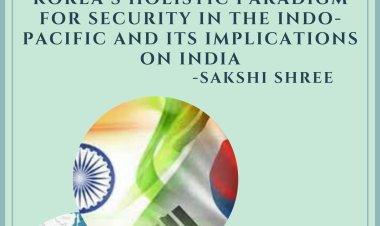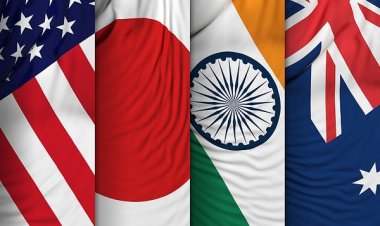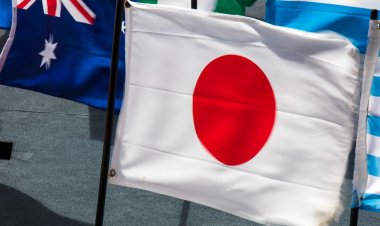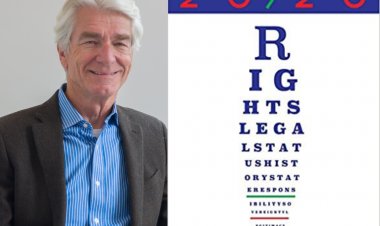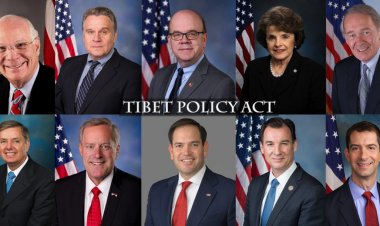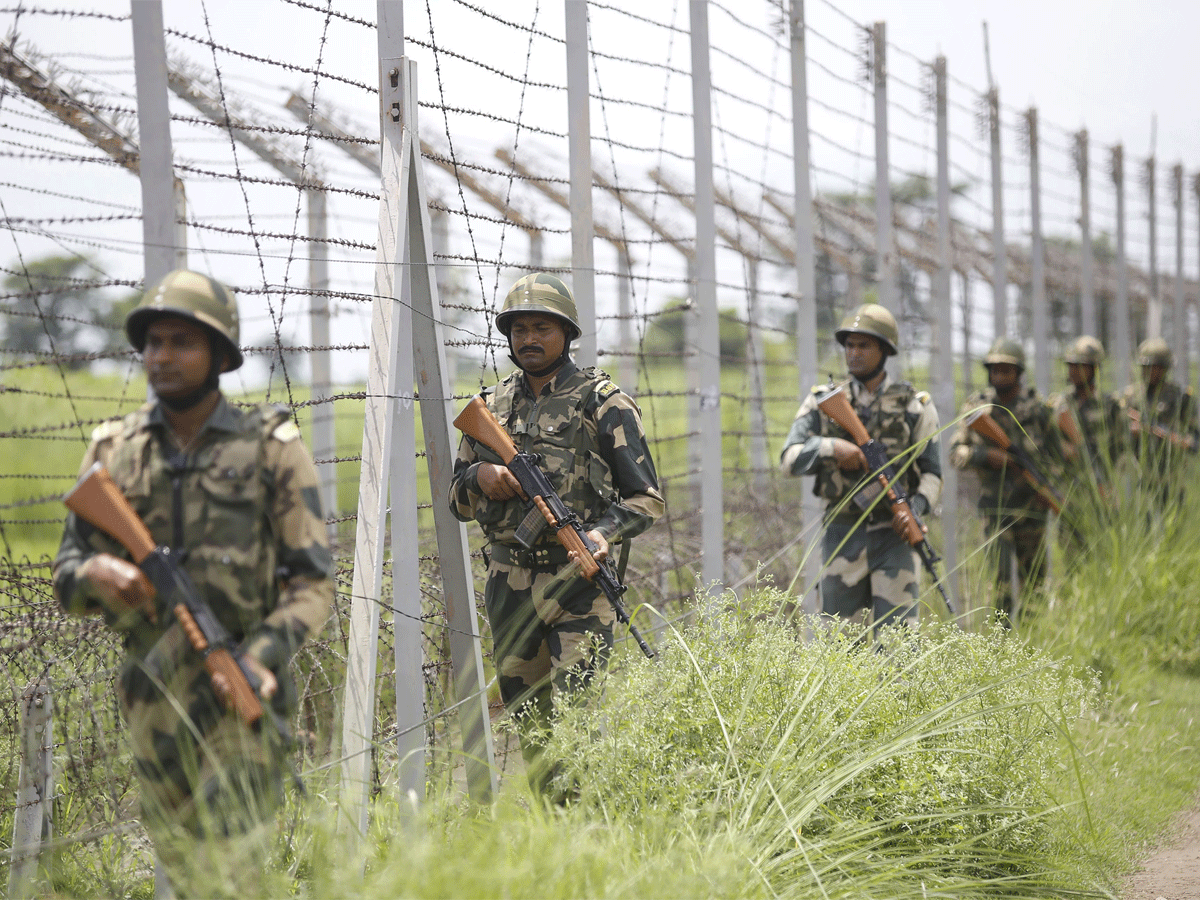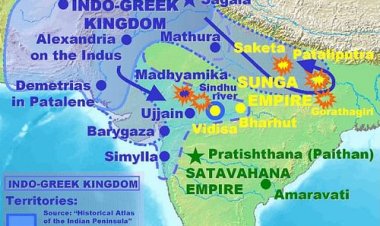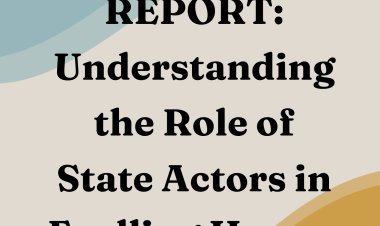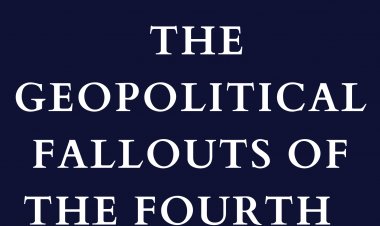Why United States Continues to get QUAD Wrong
President Biden's early scheduling of the historic Quad leaders' summit-level meeting within its first fifty days, was emblematic of the importance placed on the grouping in his administration's larger Asia strategy. Despite criticism of almost every aspect of his predecessor's policies, Biden seems to continue with the Trump administration's Indo-Pacific strategy which openly contested China in the Indo-Pacific. Such a posture is reflective of the bipartisan consensus in Washington, on the need to confront a revisionist Beijing, with the support of 'like-minded partners.'

Analysis
By Rushali Saha
President Biden's early scheduling of the historic Quad leaders' summit-level meeting—within its first fifty days—was emblematic of the importance placed on the grouping in his administration's larger Asia strategy. Despite criticism of almost every aspect of his predecessor's policies, Biden seems to continue with the Trump administration's Indo-Pacific strategy—which openly contested China in the Indo-Pacific. Such a posture is reflective of the bipartisan consensus in Washington, on the need to confront a revisionist Beijing, with the support of 'like-minded partners.'
"Indo-Pacific" in the U.S. strategic thinking
The highly unusual, fast forward declassification by the Trump administrations of its U.S. Strategic Framework for the Indo-Pacific amid its final hours in the office, was arguably one of the strongest indicators of policy continuity by the new administration. The revival of QUAD in 2017 holds great geopolitical significance, particularly for America, as it comes at a time of intensified U.S.-China competition, which threatens to divide the world into Cold War-era confrontational blocks. However, unlike the Cold War, where Europe was at the core of the competition between the U.S. and U.S.S.R., this time around Indo-Pacific is emerging as the epicentre of this strategic competition. For the first time in its 2017 National Security Strategy, where a separate section was devoted to the Indo-Pacific, directly calls out China as a "strategic rival" threatening America's national interests in the region. The 2018 National Defence Strategy clearly mentions strategic competition with China and Russia as the overriding priority for the Department of Defense because of "the magnitude of threat" they pose. Pursuant to this, the document calls for strengthening alliances and partnerships in the region to "build a networked security architecture capable of deterring aggression…." Similarly, the 2019 U.S. Indo-Pacific Strategy clearly mentions China as a "revisionist power" and partnerships with like-minded countries as a "force multiplier to achieve peace, deterrence and interoperable warfighting capability…." These documents make it abundantly clear that the United States views Indo-Pacific through the military lens, with the aim to develop partnerships to maintain a collective military edge over China.
QUAD: Is it an Indo-Pacific NATO?
In the aftermath of China's recent aggressive actions in the South China Sea and beyond, there is little doubt that Beijing is a common threat to countries seeking to preserve the rules-based order of the region. Given China's military might, it is clear that no one country can stand up to Beijing's coercion by itself, making the need for a collective, coordinated action more immediate. Therefore, the increased activism of QUAD in recent times—including Australia's participation in Malabar after 13 years—is not a mere coincidence. This has led Beijing to brand the grouping as an "Indo-Pacific NATO" which once described it as "seafoam" which would dissipate soon. Undoubtedly, China's provocative behaviour towards the individual Quad countries and irresponsible behaviour in the region has brought them closer together, but to view it exclusively and narrowly as a military alliance would be a fatal mistake. It is an informal, purely consultative dialogue, therefore any comparison with NATO- a uniquely European formalized, rigid collective security organization is misplaced and misleading. Military dimensions, while important, neither aims to nor is sufficient to deter a third country since all four countries do not have a common mutual defense treaty obligation— corresponding to Article 5 of the NATO charter. It is also worth recalling that the quadrilateral framework owes its origins to the Tsunami Core Group—a loose coordinating mechanism to respond to the devastating 2004 Indian Ocean earthquake and tsunami. The grouping has been expanding its non-military roles, most recently through establishing working groups on climate change, critical and emerging technology, and vaccine groups.
US approach to QUAD
Washington's vision of Quad seems to be an extension of its militarised Indo-Pacific vision. Since at least the end of the Cold War, America's strategic thinking has been influenced by great power competition. Earlier the competitor was the Soviet Union, now it is China. Therefore, during the Cold War era, the U.S. saw Asia primarily as a 'theatre' where Soviet expansionism must be contained. Now it sees it as a region where China is threatening its traditionally dominant military position, without accounting for the fact that since the end of the Cold War the political leverage of military power is declining. Washington has not entirely been able to adjust to the multipolar world, neither has it adjusted its foreign policy orientation towards multilateralism at large, and QUAD in particular. In fact, this was alluded to by Indian foreign minister S Jaishankar in his remarks at the U.S. India Business Council's India Ideas Summit noting "I think the U.S. really has to learn to work….with a more multipolar world……go beyond alliances with which really it has grown up over the last two generations." Top diplomat Stephen Beigun’s controversial statements indirectly comparing QUAD to NATO was not well received by the Indian strategic community, although the State Department later clarified that Washington isn't yet keen to formalise the structure. Even the current administration's views on QUAD are no less controversial. Reports suggest that Biden’s senior administration officers indicated that the QUAD summit was an example of the U.S. 'strengthening its hand' before 'engaging China'. The U.S. organized QUAD summit was held on March 12 and the U.S.-China high level Alaska talks took place over two days—March 18-19. Even if these statements are not a holistic representation of Washington's official approach towards QUAD—it is clear that the larger sentiment in America is to cautiously advocate for the grouping to evolve into something more formal.
India, United States and future of QUAD
India is particularly sensitive towards such projections of QUAD as a formalised alliance directed against a third country for a number of reasons. Firstly, it undermines the fundamental principle of strategic autonomy which guides Indian foreign policy. Even during the Cold War, India took a principled stand of non-alignment where it refused to join either block while maintaining relations with both. Secondly, it undermines India's own vision for the region which emphasizes inclusivity. Speaking at the QUAD summit, Prime Minister Modi highlighted India's positive vision of QUAD as a "force for global good" premised on India's ancient philosophy of Vasudhaiva Kutumbakam which translates to the world as one family. Thirdly, India wants Russia—a country with which India enjoys long standing, time-tested ties—to be a part of its Indo-Pacific initiatives. However, Kremlin which has been a vocal critic of QUAD describing it as America's ploy to contain China and undermine Russia's close partnership with India. Although India has repeatedly reassured Russia of Quad's non-confrontational character, Washington's excessive anti-China rhetoric in describing the grouping undermines New Delhi's narrative. It is worth noting that within the quadrilateral arrangement, U.S.-Australia-Japan are already formal allies making India the swing state in this arrangement which also has the highest stake, since it is the only country among them to share a land border with China. Any form of military cooperation with the United States put India at the forefront of a possible military confrontation with China. Washington's current attitude of using India as a tool to crack down on China is highly problematic. Washington needs to display sensitivity towards India's specific concerns over explicitly threatening China as it has to directly face its retaliation which could jeopardize New Delhi's territorial integrity.
Historically, inclusiveness has not been a feature of the international institutions that the West considers to be "multilateral." Therefore NATO, although a multilateral organisation, was, in essence, an exclusionary collective defense organisation to counter the Soviet Union. In contrast, multilateralism in South East Asia has developed very differently. It has been gradual, flexible and matured through the development of friendships rather than the identification of enemies. Although Quad members have professed ASEAN centrality both collectively and individually, there remains an uncomfortable unease among southeast Asian nations about the grouping. This stems from fears that Quad may undermine existing ASEAN led security architecture such as ARF and apprehensions about once again being transformed into a dangerous arena of great power competition. ASEAN members need reassurance after the former President Trump damaged relations by skipping every East Asia Summit since 2017. Biden administration has a historic opportunity to reverse this posture, but pushing the countries to choose between the United States and China, and using Quad as a device to do so, will be a fatal mistake.
If Washington wants to work with like-minded partners to jointly influence Indo-Pacific, it is time for the Biden administration to take control over the narratives emerging from the Pentagon and not try to mold Quad into the nature of multilateral engagements it has created in the past.
Rushali Saha is a Research Associate with the Usanas Foundation. She is also currently working as a Research Associate with Centre for Air Power studies. Saha has previously worked as a Geopolitical threat analyst at Horizontal Intelligence- HOZINT among others. She can be reached at rushalisaha1234@gmail.com
Disclaimer: This article is the author's individual scholastic contribution and does not necessarily reflect the organisation's viewpoint.

